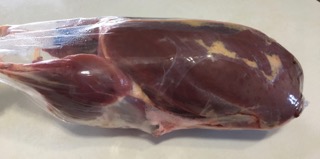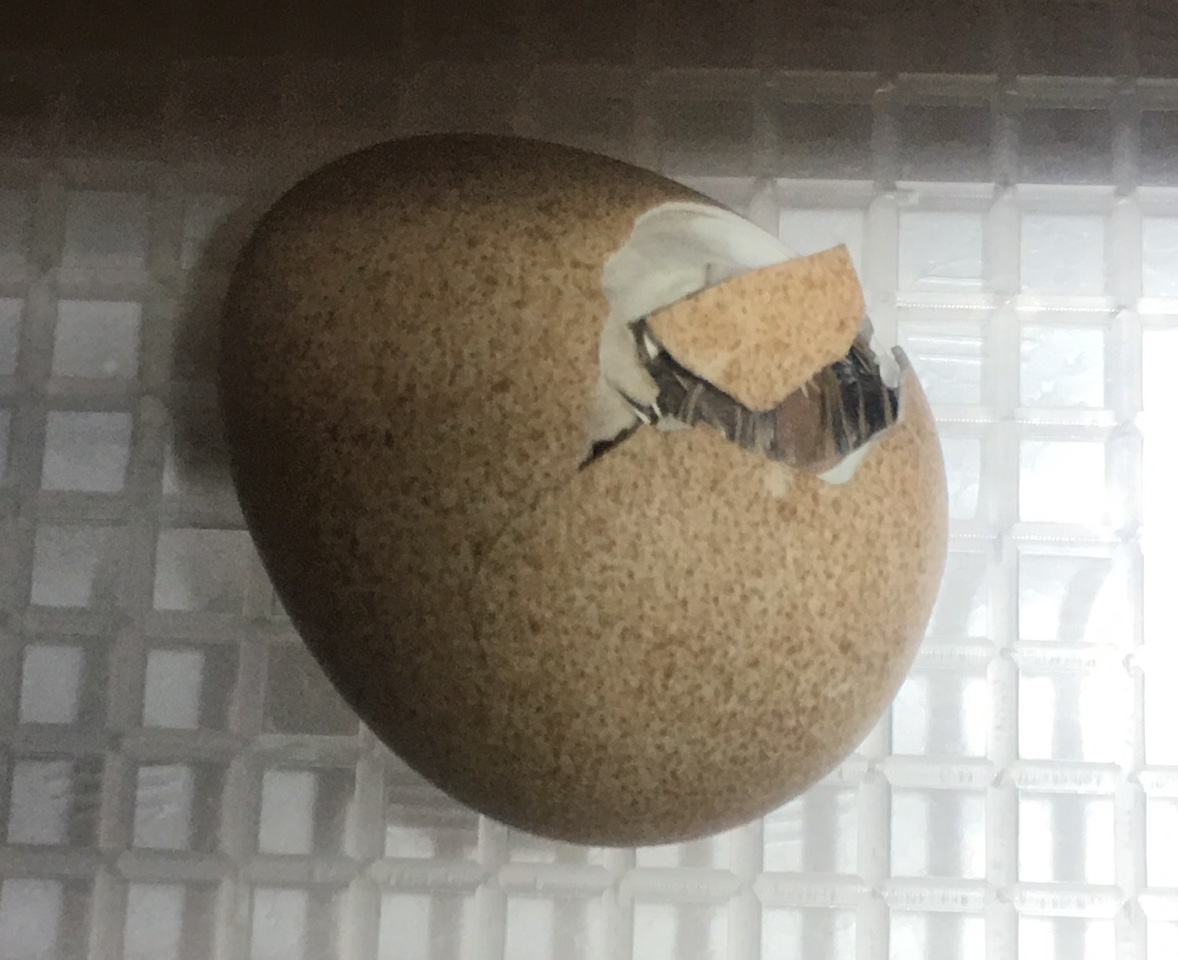
We have some unusual eggs hatching right now at the farm. They’ve been in the incubator for 27 days, and several have pipped externally. Hatching is extremely hard work, especially for birds that have shells as hard as these do.
Here are your hints:
- The eggs are speckled, light tan, and about 2/3 the size of a chicken egg
- They’re native to Africa
- While the hatchlings look similar to chicks, they’re smaller, and when they grow up, they look nothing like a chicken
- These birds are called “tick assassins” and will decimate populations of ticks, ants, and other bugs…and are also known to eat snakes and small rodents
- They have a reputation for being good “guard” animals because they’ll create a racket when alarmed
So do you know what kind of bird this is? Bonus question: what are the young of this species called?

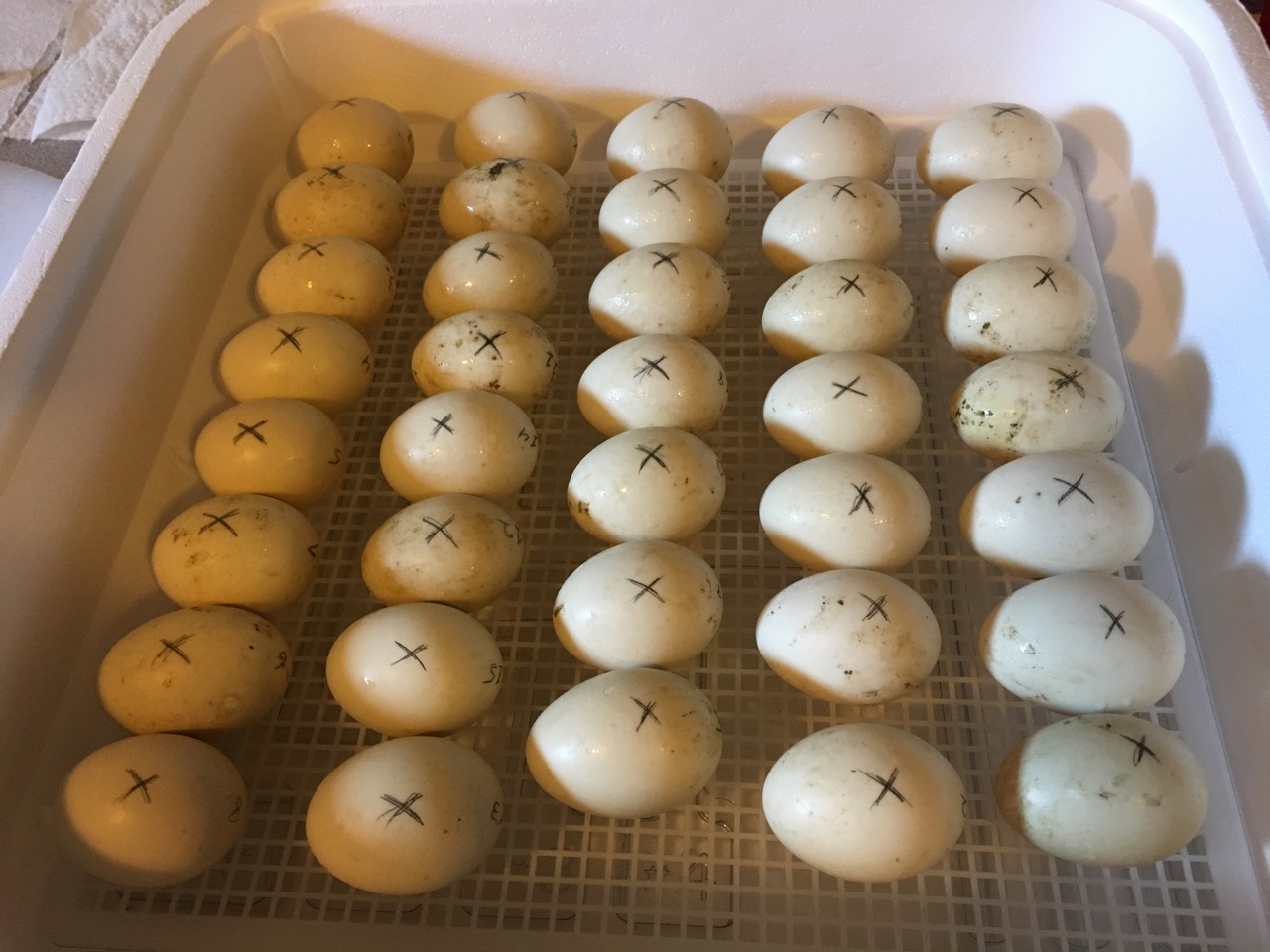
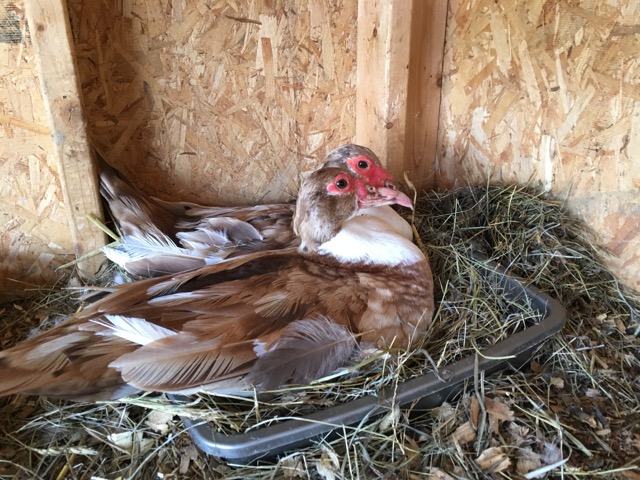
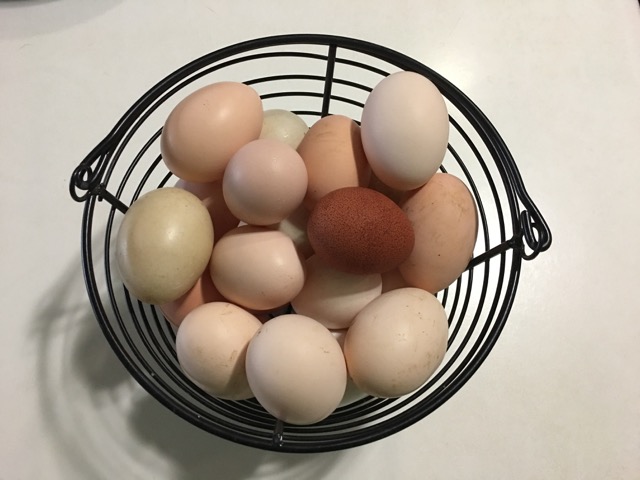
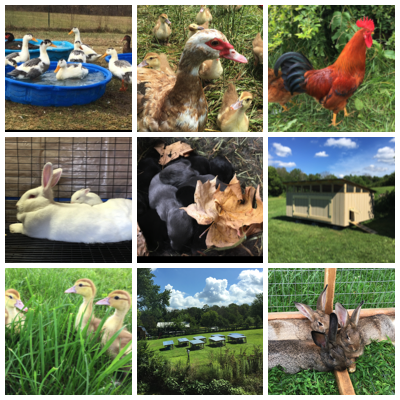 It’s that time again – this year is coming to its end. We like to look back at the year because you can forget how much you learned and during that period. We also like to recognize our accomplishments, as well as identify needed improvements. We characterize 2016 as our year of learning on the farm.
It’s that time again – this year is coming to its end. We like to look back at the year because you can forget how much you learned and during that period. We also like to recognize our accomplishments, as well as identify needed improvements. We characterize 2016 as our year of learning on the farm.